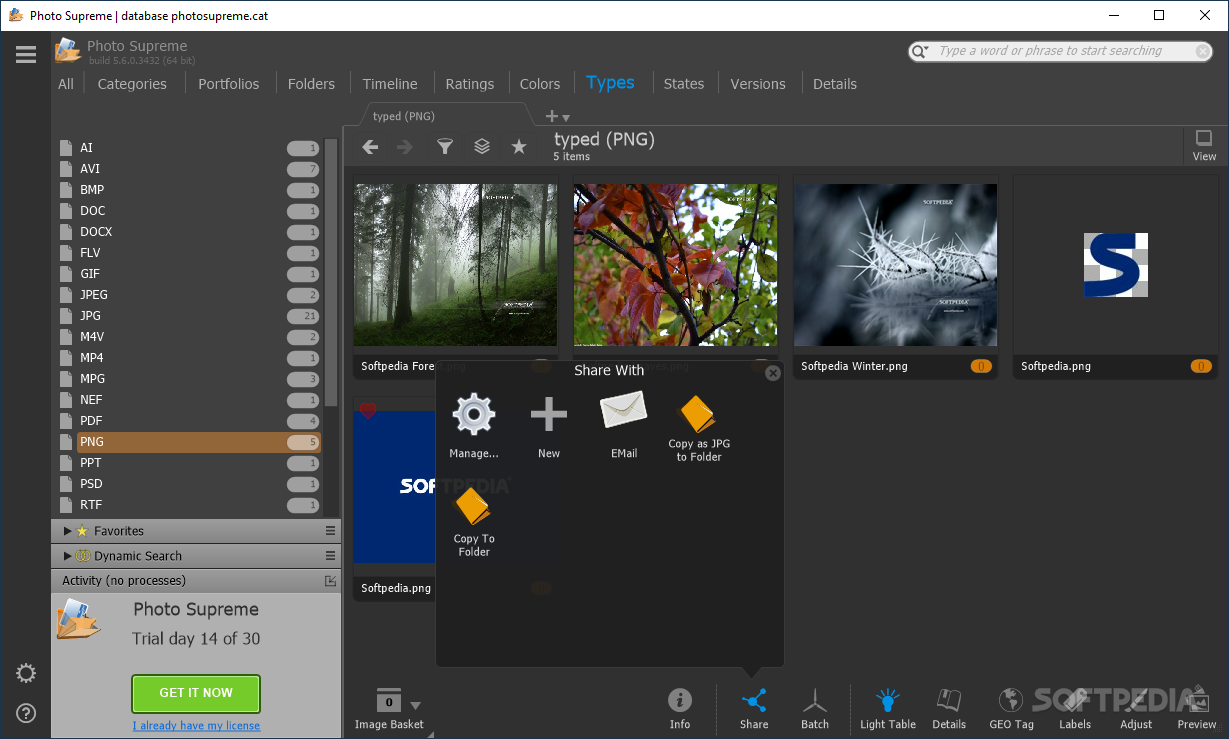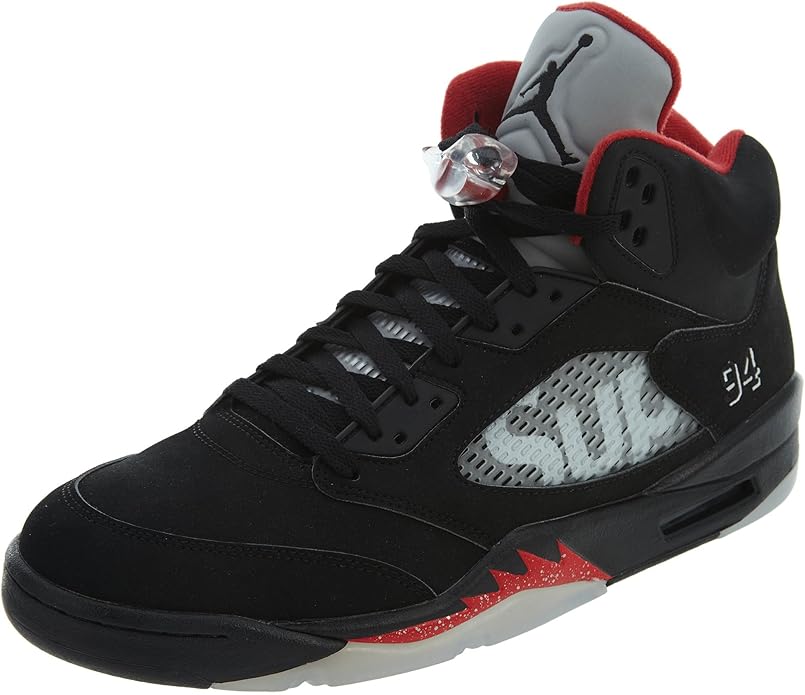

The metadata handling of Photo Supreme strikes me as being head and shoulders above what Lightroom currently has to offer. I’m also a Lightroom 5 Standalone user, but the only reason I have that is for its image processing capabilities. It is definitely a big step forward from version 2 (which in itself was a very good tool), so version 3 has become my DAM tool of choice going forward. I was fortunate enough to be one of the beta testers for version 3. It has over 150 additions and improvements over version 2.

This week, version 3 of Photo Supreme is announced. After my initial shock, I switched to Photo Supreme, and after an uncertain start, I found that it was, in large part, covering my requirements for a Digital Asset Management (DAM) tool. Two years ago, IDimager was suddenly withdrawn from the market by the company, and replaced by Photo Supreme. It was what I used for tagging my photos. In 2007, I settled on IDimager as the most suitable tool for what I was looking for. I’ve been trying to capture, and manage, this sort of information since 2005, and have tried a lot of software applications in the process. In technical terms, this is the photo’s metadata. Almost as important to me as the image is the information describing the photo when it was taken, where, the subject – that sort of thing. I’m not a good photographer, but occasionally, more by luck than judgement, I take a photo that looks pretty good to me.


 0 kommentar(er)
0 kommentar(er)
